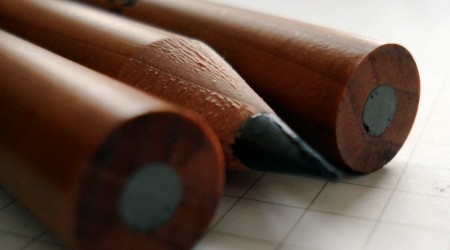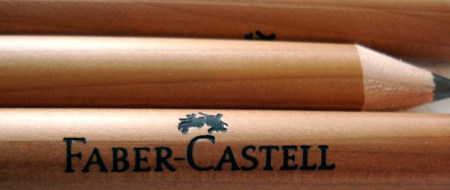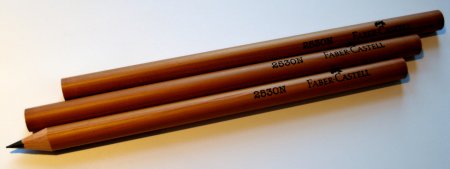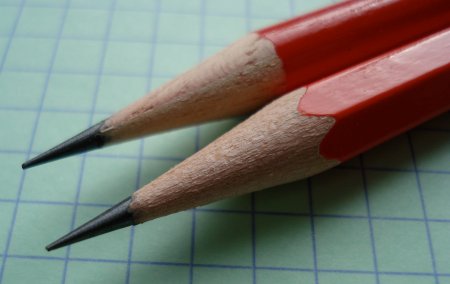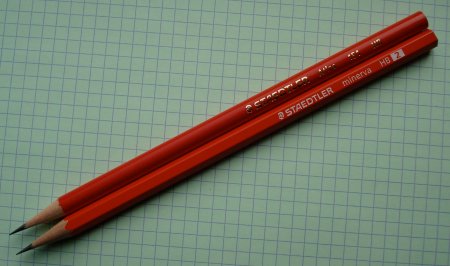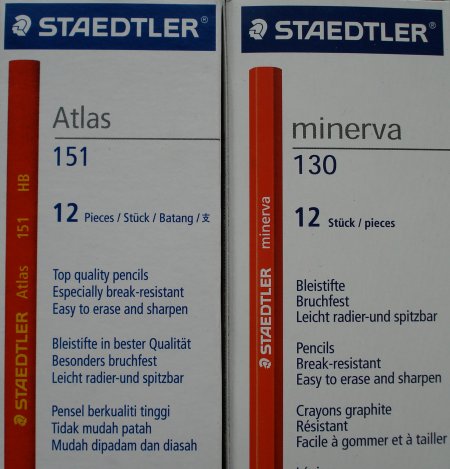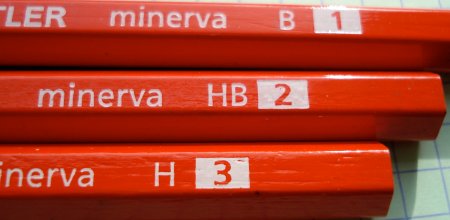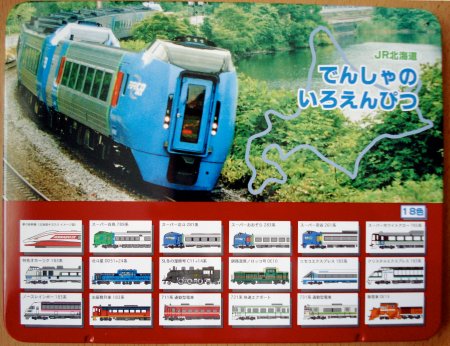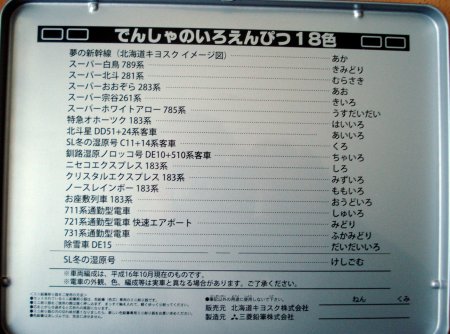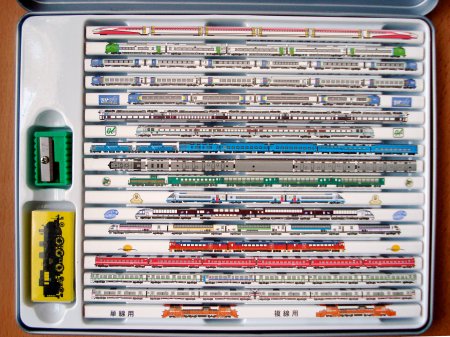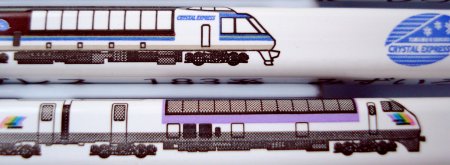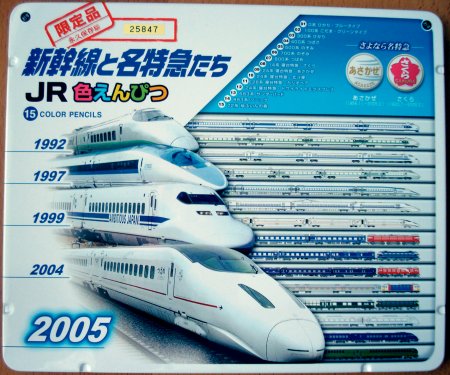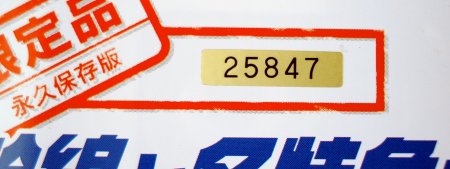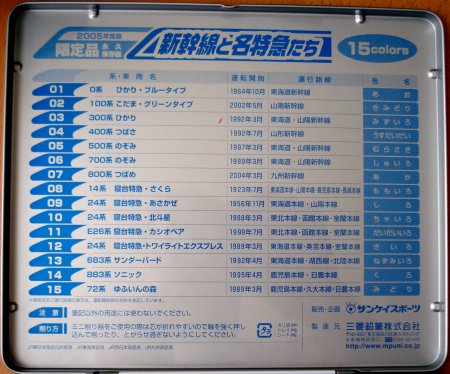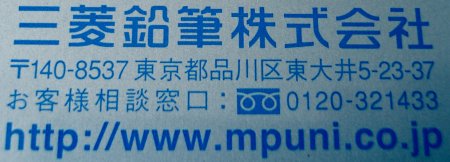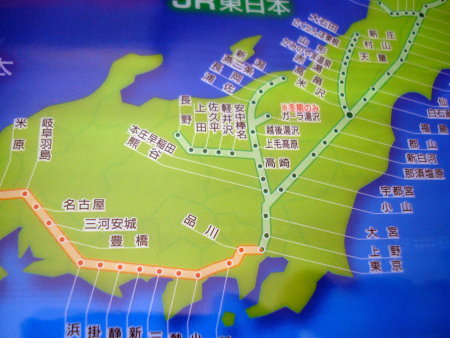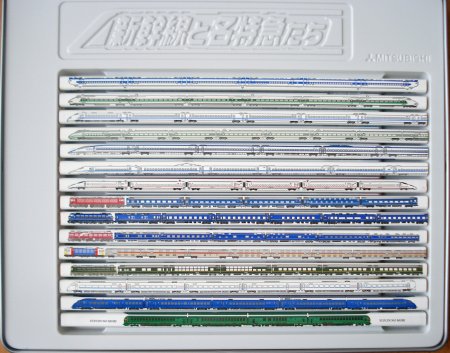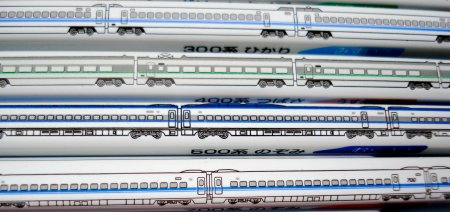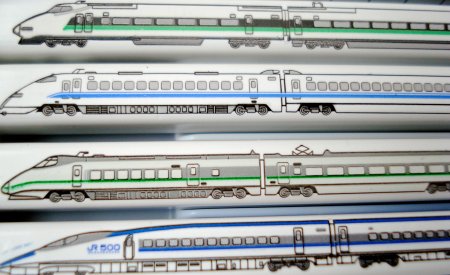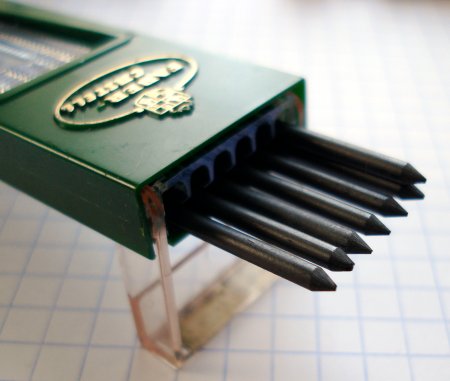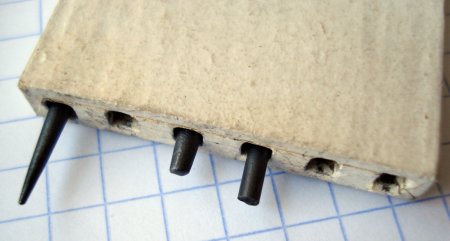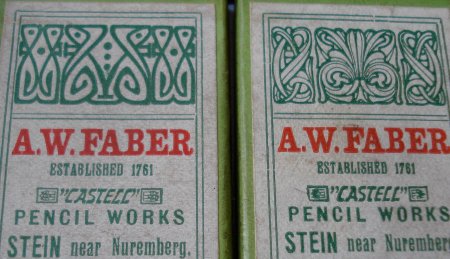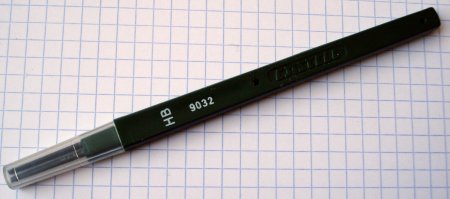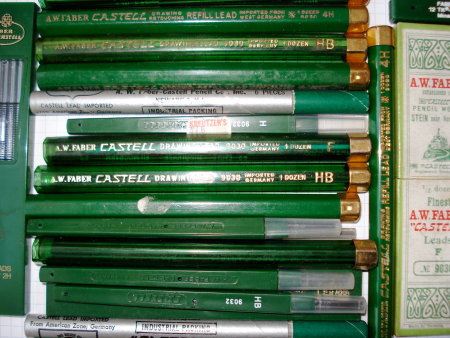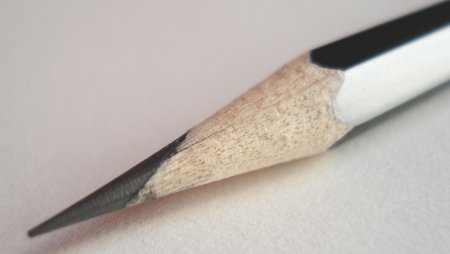
While I once thought that the IBM Electrographic represented a legacy pencil category, I keep finding new exam pencils entering the market.
The Papermate Exam pencil is probably unfamiliar to North American and European readers. The box says the pencil is “distributed by Sanford Brands, a Newell Rubbermaid company,” and lists the Australia, Malaysia, New Zealand, and Thailand Sanford offices.
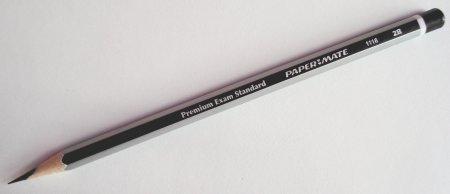
The Papermate pencil website states: “Made in Lewisburg, Tennessee, USA; our pencils are created from fine woods and polymers.” But we’ve also learned that the Lewisburg pencil works will be closing this year.
This pencil makes no statement about origin, but I think we can be fairly certain it wasn’t made in Tennessee.

The pencil box has an optical scan sheet background, and makes some atypical claims. Quoting the back of the box:
Examination
Ideal for exam use.Darker shade
100% accuracy using OPSCAN 6 examination checking machine.Larger Lead
2.6mm lead for ease of shading.Break resistant
Stronger lead for long lasting performance.
So it has a very specialized purpose. I was surprised to see a specific scanner model mentioned. The Opscan 6 seems to be desktop optical scanner that attaches to a PC via a USB cable. Used ones sell on eBay for as little as $200. I had no idea that this technology had become a commodity. I’ll presume that it’s a popular model at schools.
The 2.6mm lead diameter is in contrast to the standard pencil lead core of about 2.0mm. This seems to be a typical aspect of the exam pencil.
The pencil itself looks sharp, in an alternating black and silver pattern, with contrasting lettering, and black cap and white cap ring.
It does not sharpen easily, even in my Carl Bungu Ryodo. The wood is very tough and white in shade – very likely basswood with little or no treatment.
The lead is rough and scratchy. Though it is sold as a 2B pencil, it seems more like an F grade to me. I also found the lead to easily break.
While the larger lead claim can’t be disputed, I completely disagree that this pencil would be ideal for an exam – lead breakage, difficulty in sharpening, and the relatively faint mark all make it quite inferior.

